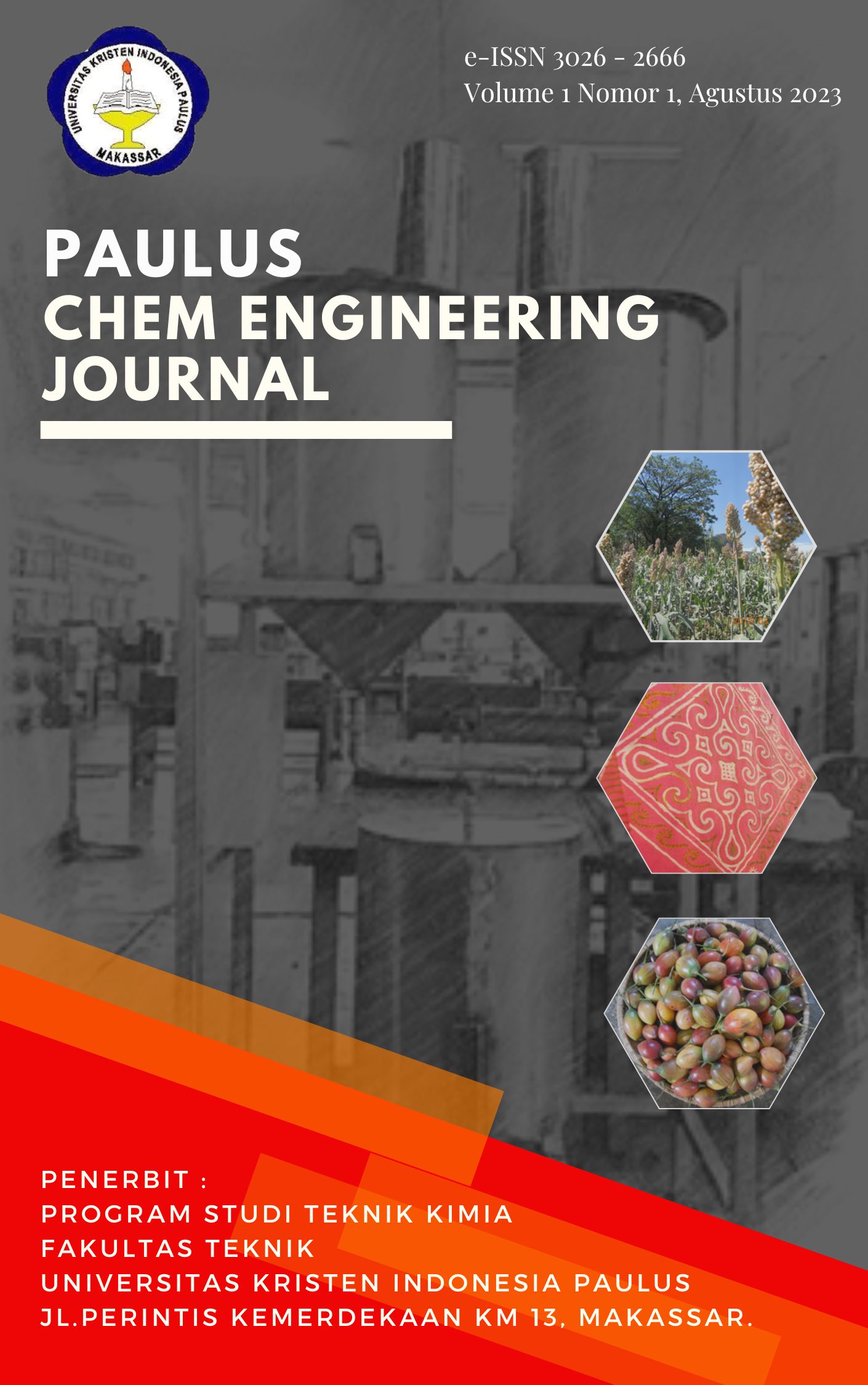Metode Elektrokoagulasi Untuk Pengolahan Limbah Cair Laboratorium Yang Mengandung Logam-Logam Berat
Kata Kunci:
electrocoagulation, electrolysis, pollutant, ICP OESAbstrak
In this research several variations of process variables such as pH, time and voltage were carried out to observe operating conditions that were more effective in reducing pollutants in wastewater. Before the
electrocoagulation process was carried out the initial characterization of the waste using the ICP-OES analysis method and obtained the results of the initial concentration of pollutants such as TSS = 119 mg / L, Iron metal (Fe) = 24,453 mg / L, Copper (Cu) = 9,732 mg / L, Lead (Pb) = 0.309 mg / L and Selenium (Se) = 0.052 mg / L. The characterization of the wastewater pollutants does not meet the quality standards of liquid waste to be flowed to the environment based on Environmental Ministerial Regulation No. 05 of 2014. After going through the processing process by electrocoagulation method, pollutants of suspended solids and metals can be reduced in concentration to: TSS = 32 mg / L, ferrous metal (Fe) = 0.003 mg / L, Copper (Cu) = 0.074 mg / L, Lead (Pb) = 0.023 mg / L, and Selenium (Se) almost close to zero. Based on the data of pollutant concentrations in waste before and after the electrocoagulation process, it can be stated that the electrocoagulation method is effective in reducing Total Suspended Solid (TSS) pollutant levels by 73.12%, Iron (Fe) metals by 99.99%, Copper (Cu)) by 99.24%, Lead (Pb) by 92.56%, Selenium (Se) by 99.81%. The results were obtained under operating conditions at 10 volt voltage, 10 minutes time and pH 9. the electrocoagulation method produced the quality of wastewater that meets the requirements for drainage of the environment based on waste water quality standards according to the Environmental Ministerial Regulation No. 05 of 2014.




